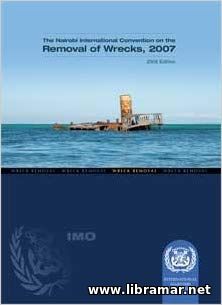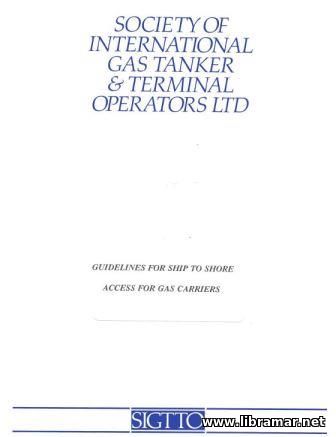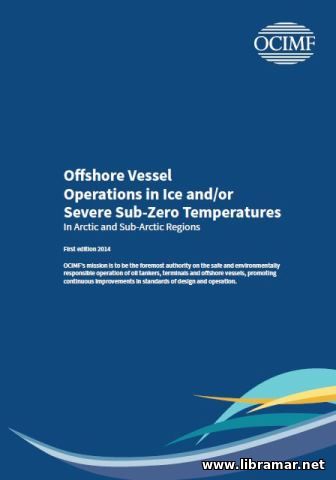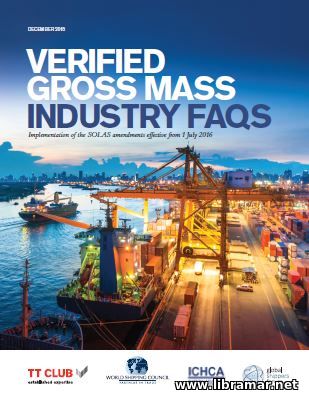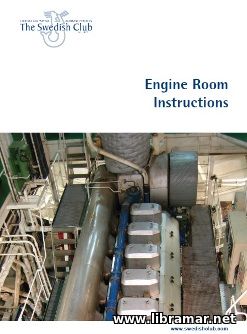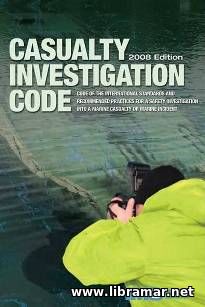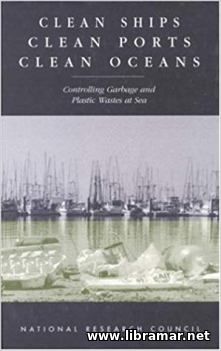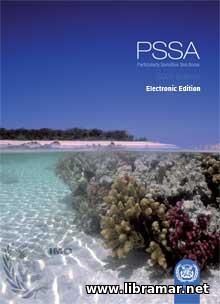
The PSSA, standing for the Particularly Sensitive Sea Area, is an area requiring special environmental protection through the necessary actions by the IMO. The reason for such close attention to these areas is their importance for the ecological and scientific, as well as socio-economic attributes. The International Maritime Organization is the only international entity assigned responsibility for the conducting the assessment of the proposals for the PSSA and designating such areas.
In addition, only IMO may develop and adopt measures to be implemented by the international maritime shipping industry. The content of this volume will provide readers with a good overview of the designated PSSAs. It includes all officially released documents, such as the revised guidelines and proposal review form. The text of the documents included in this volume was developed by the MEPC in order to assist members of the IMO with preparing, identifying and submitting PSSAs.
Another goal was to provide MEPC with the necessary updated information required for the review of the PSSA proposals and making sure that the applicable guidelines have been duly fulfilled. A must-have for the people involved in the marine protection activities.
